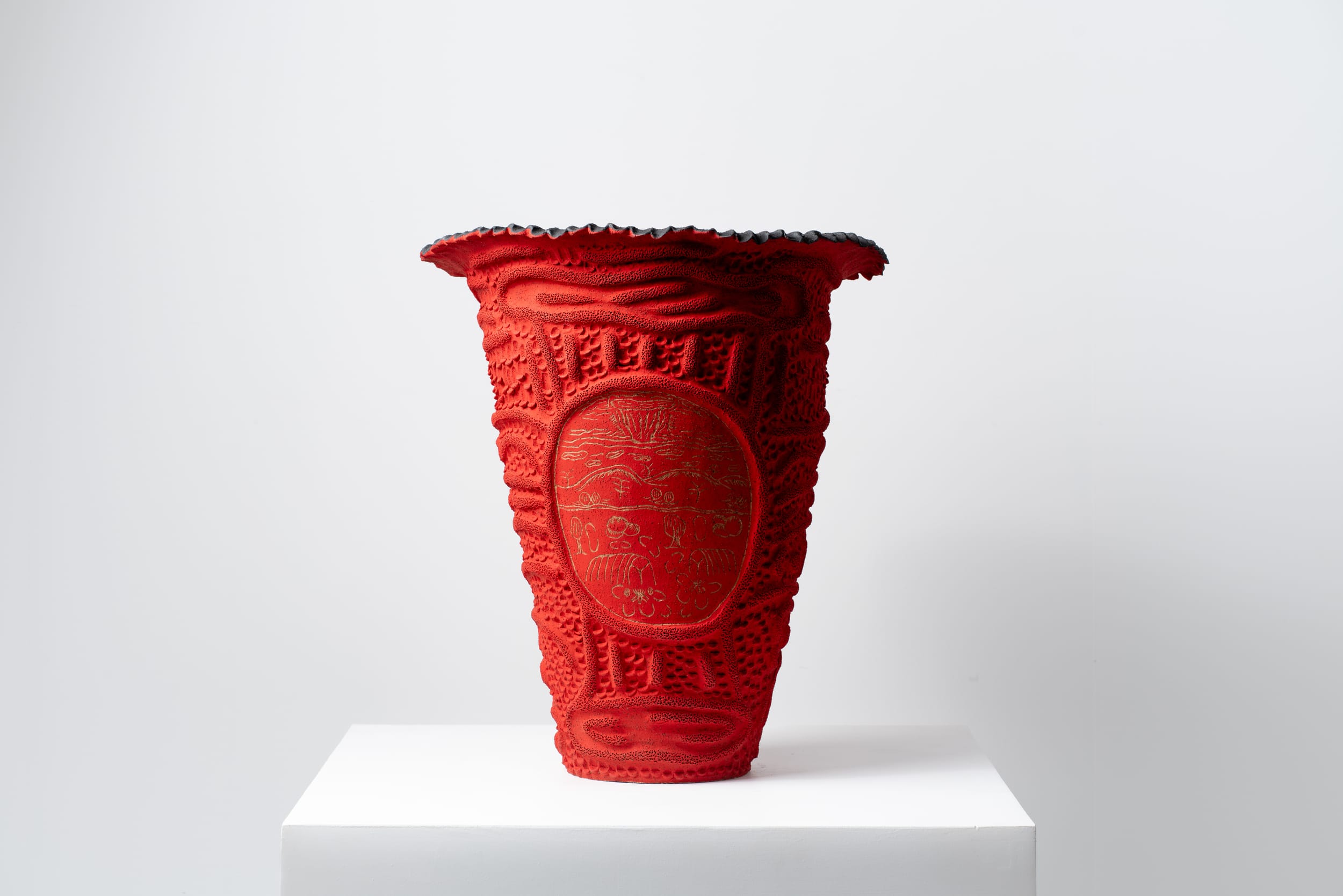
Plus from pitch to Paris and a teen teacher. Welcome to Galah Weekly, our award-winning newsletter keeping you up to date with regional headlines that matter, plus other delightful things from life beyond the city. By Dean Southwell, who is apparently above-average as a consumer of chicken.
Australians eat about 54kg of chicken each year – more than any other protein – but a new review has warned consumers are being hurt by market failures that are pushing growers out of the industry.
Interim findings of a review into the chicken meat industry by the Australian Bureau of Agricultural and Resource Economics and Sciences (ABARES) were critical of the vertically integrated system that dominates the industry.
Unlike other agricultural sectors where farmers own their stock and choose where and when to sell, chicken processors own virtually every aspect of the supply chain from chick to chicken meat, giving them the type of market control that the big supermarkets enjoy.
Growers might own their land and sheds, but the processors – otherwise known as integrated producers – control virtually everything else. Just two companies, Baiada Poultry and Ingham’s Enterprises, supply about 70 percent of the country's chicken meat.
The report said processors were generally happy with the industry’s performance and believed their growers were content. Most growers disagreed. The review said that market dominance made it tough for growers to negotiate the prices they needed to invest.
And speaking of supermarkets, Prime Minister Anthony Albanese has invited United Arab Emirates’ based retail giant LuLu Hypermarket to set up in Australia to compete with Coles and Woolworths.
If you’re in the market for health insurance that’s a little closer to home, or built on values similar to your own, you can’t go past Westfund – health insurance from a healthier place. Based in Lithgow, NSW, and available Australia-wide, Westfund is more than a health fund. It's a not-for-profit organisation building a new kind of healthcare for collective good. Celebrate spring with 6 Weeks Free* Cover! Join on combined Hospital and Extras cover before 2 November 2025. Use the promo code JOIN25. *T&Cs apply. Learn more here.
The NSW Riverina shire of Hay’s planning for renewables has been cited as a model for others to follow as councils, developers and governments seek ways to build community engagement over the energy transition.
The Regional Australia Institute has released a major report looking at factors that build social licence, community engagement and benefits from renewable energy projects.
Institute CEO Liz Ritchie said Towards Net Zero: Building a Legacy was a call for a new approach to the renewables transition, which was likely to create 19,000 new jobs across regional Australia. There are already 54 renewable energy projects either committed or under construction and worth more than $62 billion. Most are in regional Australia.
Critically, it highlighted the need for a social licence in affected communities. Ensuring those communities received their fair share of the benefits of the transition, were genuinely engaged in planning and were properly funded to deal with it were key recommendations.
Hay was one of several case studies highlighted in the report. Unlike most rural areas, which saw significant opposition to renewable projects, Hay’s community and council-driven approach had flipped the script.
The council was seen as proactive in ensuring residents were informed and consulted about what they wanted from the change, resulting in a community that had decided an energy transition would happen “with us, not to us”.
The report came as a federal parliamentary inquiry into climate change information heard new claims of community division, intimidation and threats over renewables.
Grafton-based paramedic Peter Maxwell has retired after 44 years with the NSW ambulance service but his longevity bucks a trend.
Maxwell and wife Rachel had clocked up a combined 77 years in the ambulance service, but were among a declining number of paramedics who stayed with the service long-term.
Australian Paramedics Association NSW president Brett Simpson, said it was a bonus to see staff stay even five years now as the number of paramedics dropping out climbed steadily over the past decade. He said the state was losing roughly 200 to 250 paramedics every year.
A 13-year-old girl in an outback NSW school is giving her teachers a few lessons on education as she teaches them her Indigenous language.
Jaz Fusi has been running a Paakantyi language class for her teachers at Menindee Central School, west of Broken Hill. Fusi, the daughter of a language teacher, has spoken the language since she was an infant.
The Grade 8 student was asked to take on the role when the school revamped the way it taught traditional languages this year as part of a program to revive them.
Fusi’s English teacher, who has been involved in the classes, said he had been so impressed he was taking notes on the teenager’s teaching style.
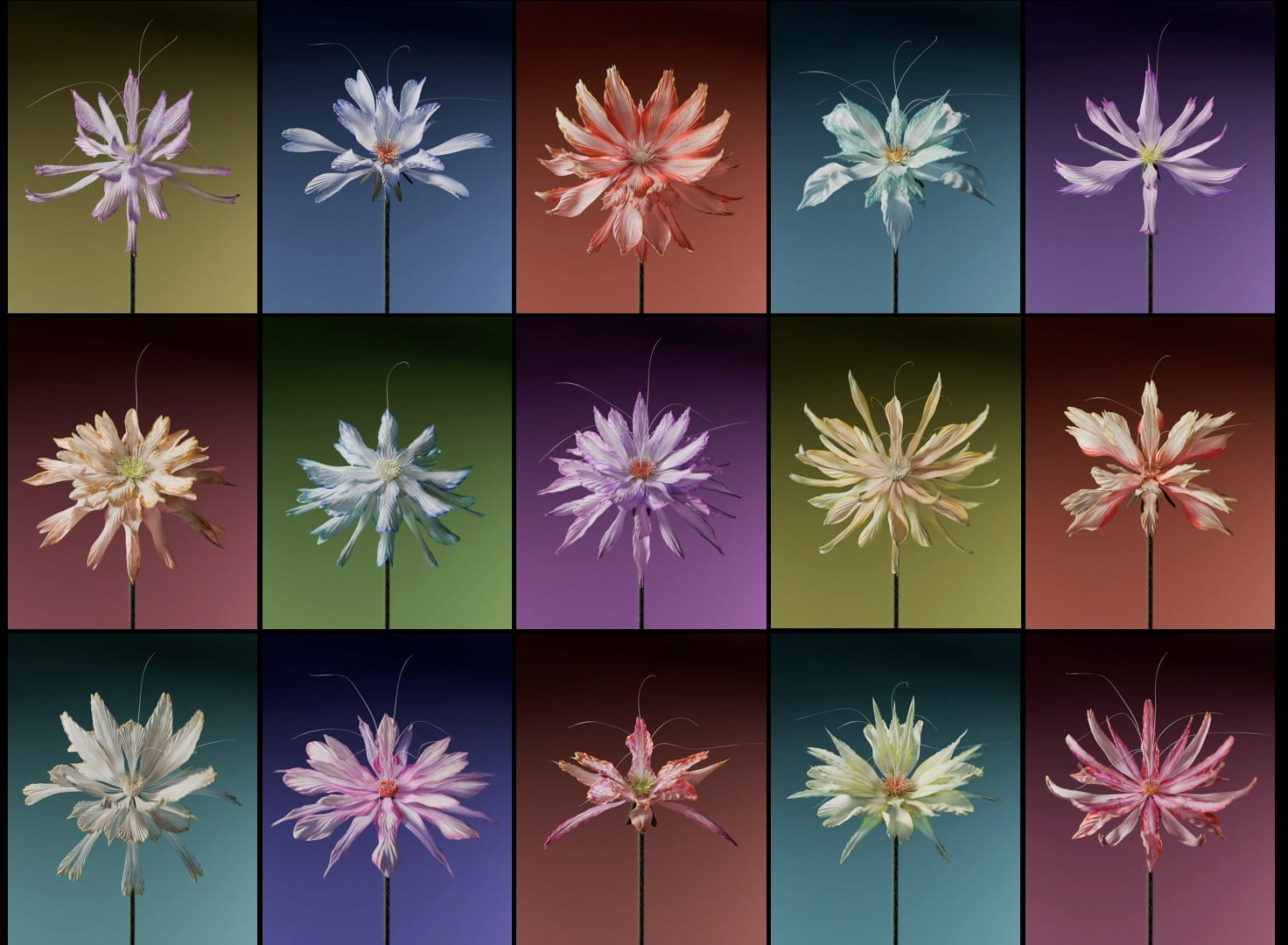
Last year a jeweller from country NSW had her Emily in Paris moment, this year a Cairns-born soccer star had her moment to shine at Paris Fashion Week.
Matildas star Mary Fowler, who is recovering from a major knee injury, became the first professional footballer to hit the catwalk at the Défilé L’Oréal Paris show this week. Several of Fowler’s national teammates were among the thousands who commented on the event via a post on the Matildas’ Instagram feed.
Fowler’s catwalk debut came after Trangie-based Emily Quigley’s Peggy and Twig jewellery label featured in a show for emerging designers in Paris last year.
Rambo, the giant ram at Goulburn better known as the Big Merino, has just celebrated his 40th birthday and been recognised as part of an Australia Post promotion of the nation’s big things.
The Big Merino was the brainchild of Hungarian-born brothers Attila and Louis Mokany, who developed the giant ram as the first of a series of attractions at their regional NSW service stations that later included the Big Oyster in Taree and Big Prawn in Ballina.
Australia Post and the Australian Mint have produced a new batch of commemorative coins and stamps to recognise the nation’s proliferation of oversized animals, fruit and vegetables and machinery.
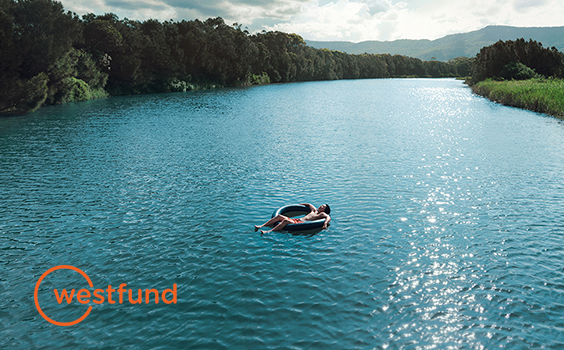
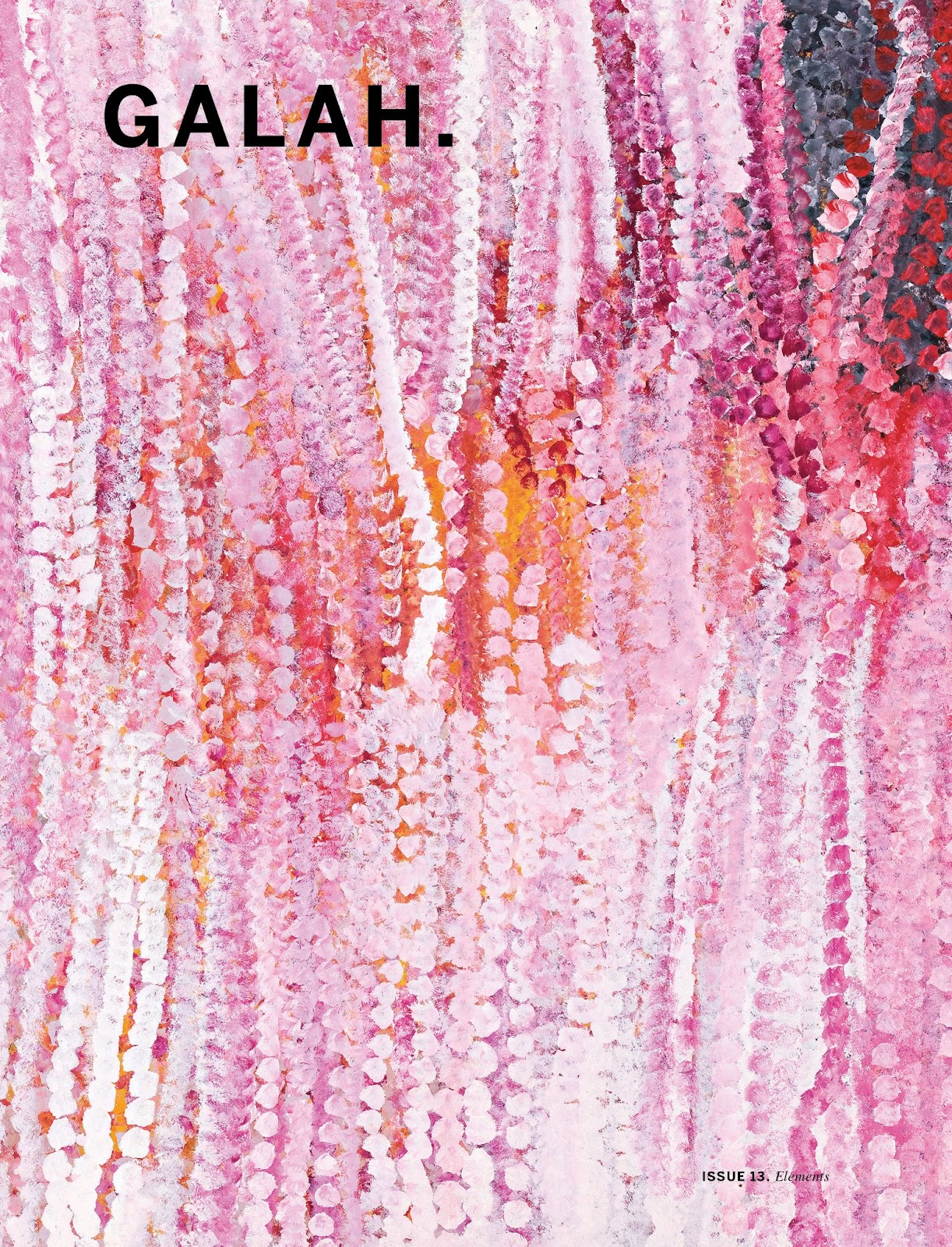
Newcastle artists Lottie Consalvo and James Drinkwater make and collect art in one of the most storied buildings in Newcastle.
A studio in the ballroom tells how that building became home, studio and showcase for the artists and their children. It is one of the many highlights of Galah Issue 13 and featured in editor-in-chief Annabelle Hickson’s Letter From The Editor this week.
Issue 13, Elements, is officially on sale on 3 November, but there’s still time to get in early for free shipping. Pre-orders close midnight Tuesday 14 October 2025.
COVER IMAGE: Emily Kam Kngwarray, Anmatyerr people, Alhalker Country, 1994 © Emily Kam Kngwarray/Copyright Agency, 2025. Private collection, courtesy of Deutscher and Hackett. Image courtesy of National Gallery of Australia.
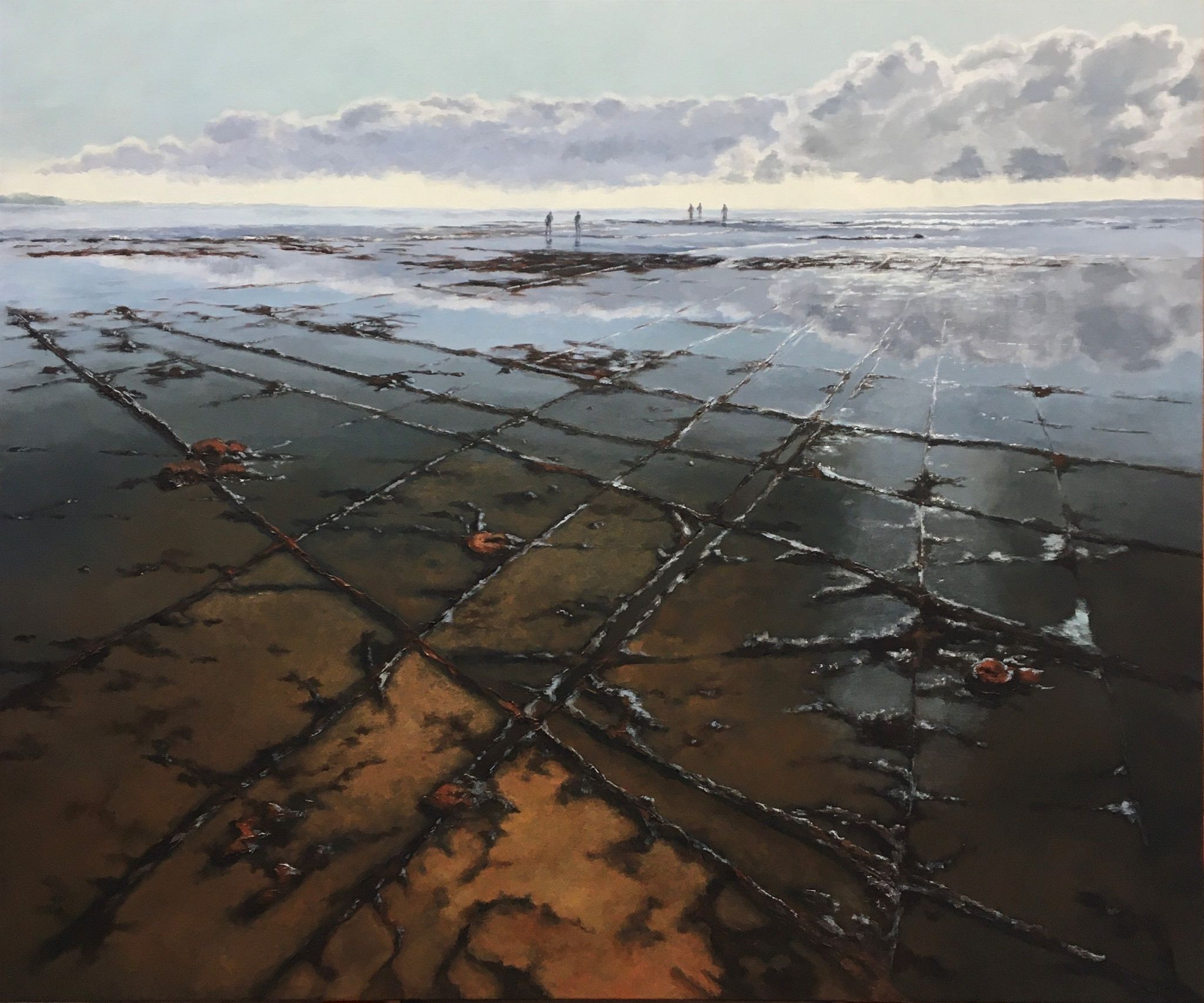
This annual open community exhibition presents art from across the NSW Central West. More than 200 locals are represented after the gallery invited artists to submit up to two recent artworks, with the guarantee that at least one would be exhibited. At Orange Regional Gallery, NSW, until 30 November. Read more
This exhibition features the works of the 54 finalists that contended for the nation’s foremost acquisitive prize for small sculpture. The $25,000 major prize was won by Auckland-based Virginia Leonard and a Viewers’ Choice Award will be announced on 17 November. At Woollahra Gallery at Redleaf, Sydney, until 16 November. Read more
This inaugural event will bring hundreds of artists to the streets of Geelong for one night. ROAM Geelong aims to be a multi-sensory journey through art, performance, music and storytelling. It includes Tomorrow Blooms, a digital botanical experience that blends art, nature and technology. At Geelong, Vic., 4pm-10pm, 11 October. Read more
This one-day festival is perfect for children aged 3-12 and their families. The Creativerse features free and ticketed events, immersive installations, live performances, and creative zones where the children are artists, makers and inventors. At Ulumbarra Theatre precinct, Bendigo, Vic., 10am-4pm, 11 October. Read more
An annual event and centrepiece of the NSW town of Boorowa’s Irish Woolfest, which celebrates the town's wool industry and Irish heritage. The festival includes a flock of merinos being guided by sheepdogs and volunteers down the town's main street, circus performances and boutique markets. At Boorowa, NSW, 5 October. Read more
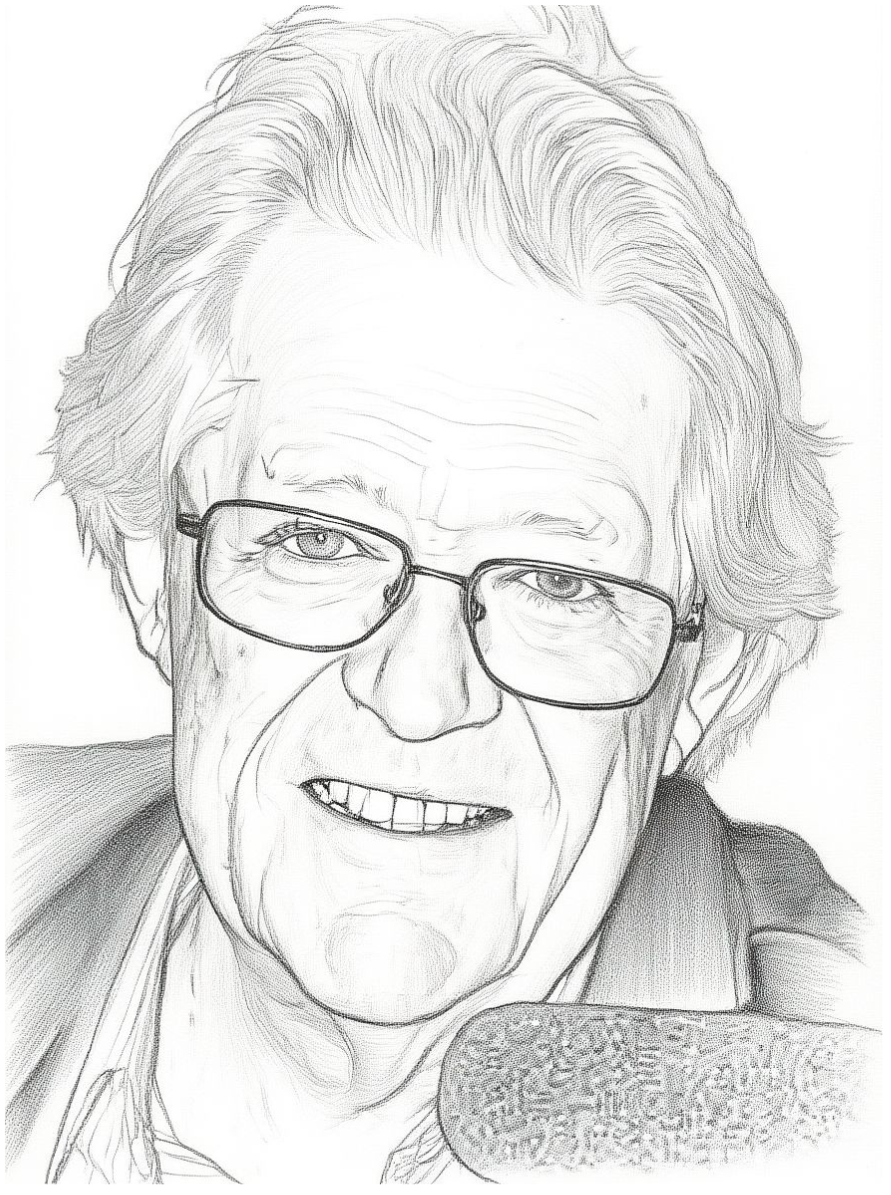
Ron Camplin was 15 when he walked into Sydney's 2CH radio station looking for work. He’d already had 16 jobs. "I wasn't any good at the other 16 so I had to try something." Camplin began his radio career in 1948 and went on to own several regional radio stations including 2MG Mudgee and 2BS Bathurst. He was awarded an honorary doctorate for his contribution to regional media, which included training and supporting generations of broadcasters, as well as his work with what is now Charles Sturt University. Now 92, Camplin recently reflected on his remarkable journey with Andrew Buchanan.
After 77 years in radio, do you still love it? Oh, of course I do. It was so much part of my life. I started on 20 August 1948, and radio has been everything since. I think radio has adapted brilliantly. I can remember before television that radio was everything, and people would sit around and look at it.
When television came in 1956, people predicted radio would die. Yes, there was that fear. But then Bert Button was manager of 2GB. I can remember him coming back from the US and saying “Radio is recovering. Radio has changed. It now deals with music, just playing music.” Then many years later, it had to change again, and radio today doesn't play that much music. Everybody can play their own music, and it's mostly talk and information.
Social media, podcasts. Do they worry you? "You just adapt to it."
How do you evaluate talent? "First and foremost, how much do they want to do it — the enthusiasm of new people who get the opportunity to do what they've dreamed about. It was my job to make them love it."
Were there temptations to return to capital city radio? "I knew I wasn't good enough, so I was in a position where I could employ people who were better than me in everything. I was never much of an announcer, but I was very good at putting a team together."
What's your recipe for leadership? "Make people feel great about what they do."
Is it true that current radio owners are more geared for the commercial dollar than community service? I hope so, because unless you make a profit, you don't pay taxes, and if you don't pay taxes, they can't support anyone or anything.
What gets you out of bed every day? Every day, Stephanie says it's time for breakfast.
What is your recipe for marriage? Just look at my beautiful bride and tell her she's gorgeous.
And your recipe for retirement? You stop getting up to go to work, and you get up to start your day with your wife.
Do you have regrets? For the first 14 years of my life I lived in children's homes with my little brother and sister. I had very little education during the Great Depression, and that created an inferiority complex. But I was brave enough to admit I didn't have an education and I found that people were quite surprised and impressed. So I kept using it. In the end, I've been very, very lucky.
What advice would you give a 15-year-old Ron Camplin? Just do it. Begin the dream, and as long as you work on it, your dream will happen.
A Newcastle researcher who made it his mission to find a cure when his two-year-old daughter was diagnosed with incurable brain cancer, has just received a federal government grant to continue his work.
Earlier this year, Matt Dun told ABC Conversations’ Sarah Kanowski how daughter Josie’s 2018 diagnosis sparked his mission to use his skills as a medical researcher to try to find a cure.
Josie died 22 months after her diagnosis but Dun has continued the work she inspired.
It's a heartbreaking story about every parent’s worst nightmare, but it’s also an inspiring story of someone trying to make a real difference. You can listen here.
We’d love to hear about the news, events and people that should be making the headlines in the Galah Weekly newsletter. Share what’s new(s) in your neck of the woods with us at newsie@galahpress.com